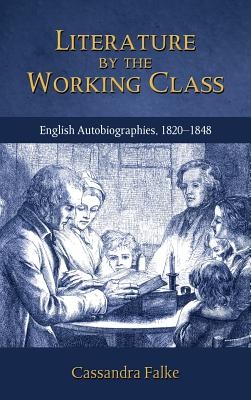
- We will send in 10–14 business days.
- Author: Cassandra Falke
- Publisher: Cambria Press
- Year: 2013
- Pages: 266
- ISBN-10: 1604978457
- ISBN-13: 9781604978452
- Format: 15.2 x 22.9 x 1.9 cm, hardcover
- Language: English
- SAVE -10% with code: EXTRA
Reviews
Description
By the 1820s, falling book prices and rising literacy rates had created England's first literate working-class majority. These workers had read other people's lives. In Literature by the Working Class, Cassandra Falke provides a close literary analysis of five of these autobiographies, situating them in their historical and literary context but privileging each as a work of literature that deserves the same careful attention readers pay to other literary texts of the period. roposes a way to read working-class autobiographies that attends to both the socio-historical influences on their composition and their value as individual literary works. Although social historians, reading historians, and historians of rhetoric have recognized the significance of working-class autobiography to the early nineteenth century, providing broad overviews of the genre, very little work has been done to read these works as literature. This study thus fills an important gap in revising and expanding the understanding of the development of this crucial nineteenth-century form.
EXTRA 10 % discount with code: EXTRA
The promotion ends in 21d.00:17:05
The discount code is valid when purchasing from 10 €. Discounts do not stack.
- Author: Cassandra Falke
- Publisher: Cambria Press
- Year: 2013
- Pages: 266
- ISBN-10: 1604978457
- ISBN-13: 9781604978452
- Format: 15.2 x 22.9 x 1.9 cm, hardcover
- Language: English English
By the 1820s, falling book prices and rising literacy rates had created England's first literate working-class majority. These workers had read other people's lives. In Literature by the Working Class, Cassandra Falke provides a close literary analysis of five of these autobiographies, situating them in their historical and literary context but privileging each as a work of literature that deserves the same careful attention readers pay to other literary texts of the period. roposes a way to read working-class autobiographies that attends to both the socio-historical influences on their composition and their value as individual literary works. Although social historians, reading historians, and historians of rhetoric have recognized the significance of working-class autobiography to the early nineteenth century, providing broad overviews of the genre, very little work has been done to read these works as literature. This study thus fills an important gap in revising and expanding the understanding of the development of this crucial nineteenth-century form.


Reviews